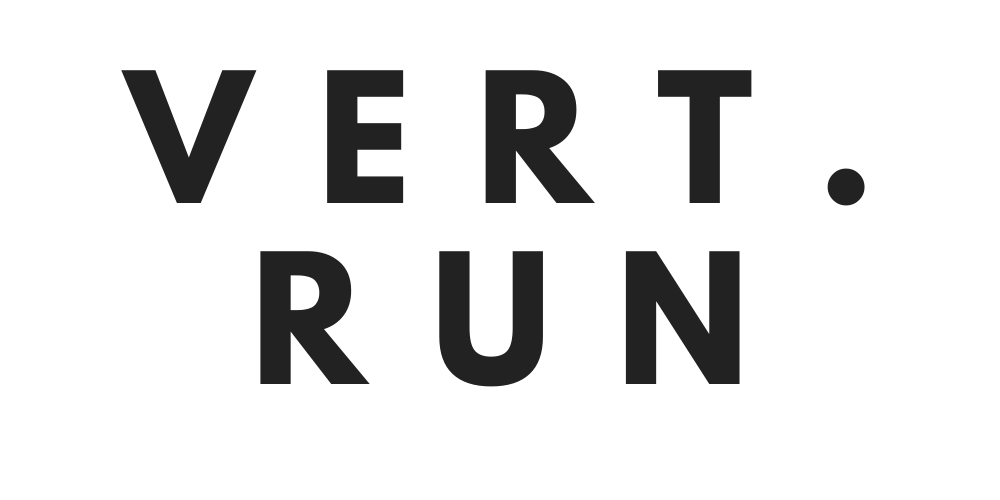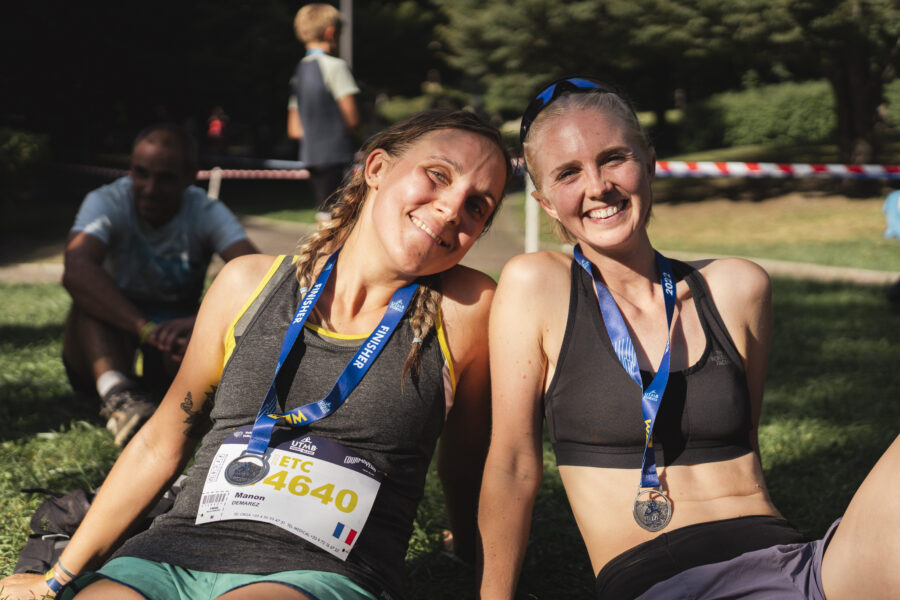Of a course there’s not one fit’s all answer for this, but I’m sure that you can get some good ideas here for a great pre trail running training breakfast.
One good rule is to start by not making huge changes on your normal diet but to make small adaptations to it, you don’t want to change your lifestyle drastically because most of the time it’s unsustainable and people tend to go back to their old habits, but if we create new habits slowly and consistently, then the changes tend to stay for longer time.
First of all, you need to tailor your breakfast for the type of training or run you will be doing that day. For example,
For a long run, you will need more energy than for a short run, obviously, but you also will need a breakfast that won’t disappear quickly, meaning that you will need a source of energy that will last on your body. So whole grain carbs, or carbs high on fiber are great for this, because of a low glycemic index, meaning that they will be digested and converted into sugar more slowly than a refined carb. Rolled oats normally have a GI around 50, while quick oats have a GI of 66.
So for a long run (long runs can vary from runner to runner, so let’s establish a minimum time of 1h for this), whole grain carbs, fiber and some fats are a perfect combination for a great breakfast. If you’re eating oatmeal, go for whole oats, if you’re eating a peanut butter jelly sandwich, go for whole grain bread.
If we’re talking about an intensity workout, then it’s a little different. We want to feel light and energized so there’s no need to prioritize fiber as before, actually the easiest to digest the better. In this case you can go ahead with the quick oats or white bread, because you will need to access quickly that energy to go fast and feel strong, so the less barriers you give to your body to access it, the better. Try to don’t add much stress on your gut for an intense workout, so reduce fats acidic foods, for example the most efficient version of a classic peanut butter jelly sandwich will be white bread with jelly, or quick oats with some jelly or source of sugar. This doesn’t mean that you can be eating cookies for breakfast ( I have had to train people that work like that, I don’t recommend it at all), just keep it simple, two or three ingredients easy to digest and off you go.
Always try to eat between 60 and 120 minutes before your run, so you’re sure to have absorbed most of the food and so you don’t feel heavy and uncomfortable while running.
If you’re preparing a very long Ultra marathon, well you can also just take your breakfast with you and eat it during a run, but a run that will be on a pace close to the race, since you will have to eat during the race this is a great way to train nutrition on the run.
At the end, there’s not one great breakfast for everybody but my general advice will be to start very simple before your runs, and slowly add more things, like if your dream is to eat a whole bowl of oatmeal with nuts and honey, yogurth, berries, etc… before your runs, well start with the oats and the honey, then next week add berries, the next week go with the yogurt and finish with the nuts. If you jump right into everything at once you won’t be able to identify if there’s any element that makes you feel uncomfortable during the training.
What’s your favorite type of pre run food? Feel free to share any ideas, or even recipes with us, we would love to hear from you.





